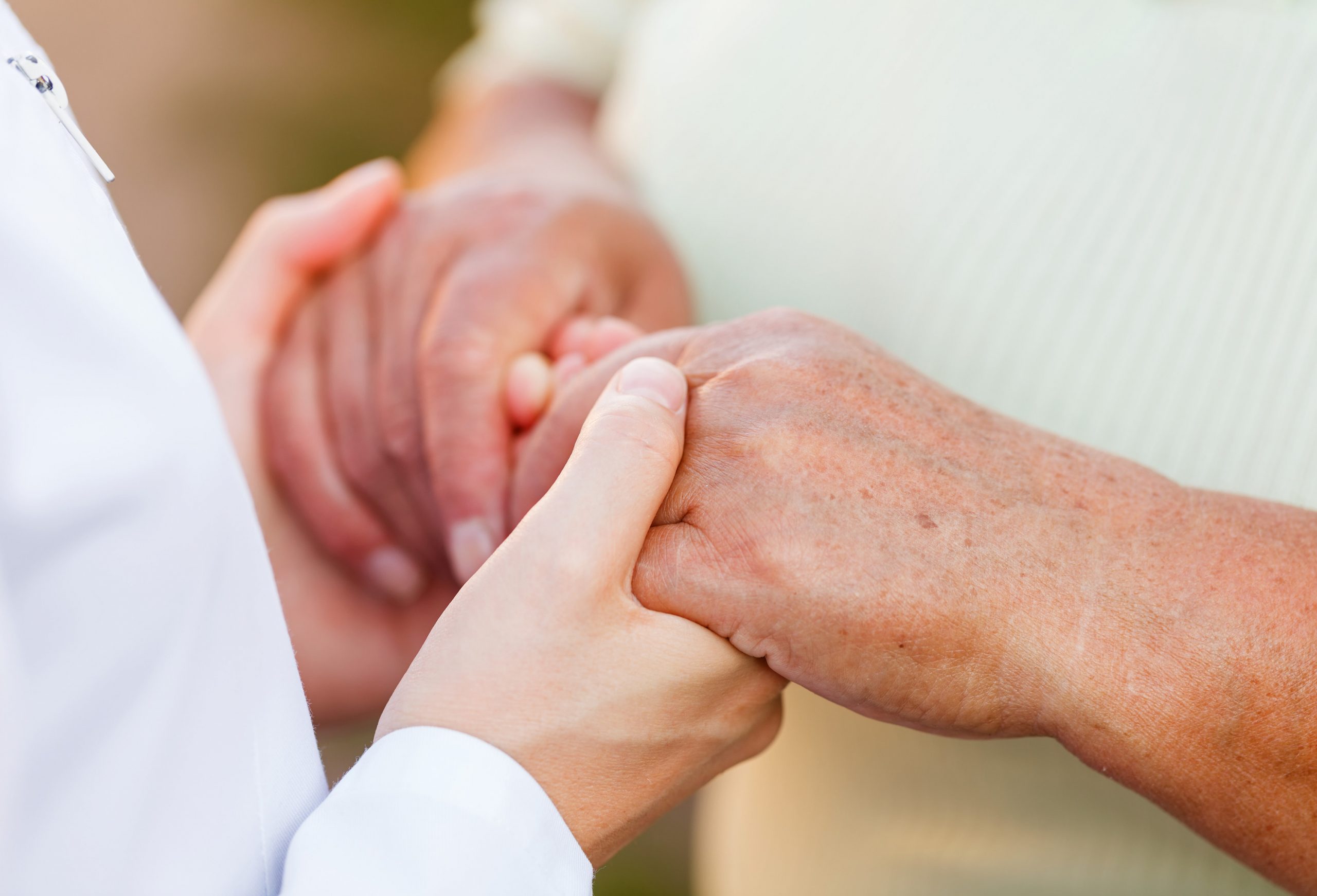When arthritis affects your hands
Hands are pretty amazing. Each hand has 27 bones and 14 joints all working together to allow you to do everything from hold a fork to type a letter.
Yet, one of the biggest culprits affecting the movement of hands is arthritis. Osteoarthritis is the most common form. It occurs when the cartilage that cushions the ends of the bones begins to break down. Without this cushion, the bones rub against each other and feel stiff and painful. Over time, there may be loss of movement. The Arthritis Foundation estimates that about half of all women and one-fourth of all men will develop osteoarthritis in their hands by the time they reach 85.
Rheumatoid arthritis is a disease that is caused when the immune system attacks the body. The immune system usually protects the body from infection but with rheumatoid arthritis, the immune system attacks the lining of the joints causing pain, swelling, inflammation and loss of movement. This type of arthritis can affect both the finger and wrist joints.
Areas typically affected
One place that arthritis can form is in the joints of the tips of the fingers. The pressure placed on fingertips while working can cause little bumps to develop. These bumps are actually bone outgrowths that look unattractive but don’t need to be removed. However, there is often pain, swelling and stiffness where these outgrowths occur.
Basal thumb arthritis is another area that is affected. It occurs more commonly in women than men. This condition causes weakness, pain and swelling at the base of the thumb. Another common area that is affected is arthritis in the middle joint of the finger.
If there has been injury to a joint in the hand or wrist, post-traumatic arthritis can occur. The injury could have occurred years ago but was not noticed and treated. Even if the injury was treated, there is still an increased chance of developing arthritis in the area.
Addressing symptoms
There is no cure for arthritis but there are ways to reduce the progression and manage the symptoms.
Using a brace or splint for short periods of time can allow the joint to rest and reduces pain. There are some cortisone preparations that can be injected into a joint to reduce pain for a period of time. Some injections can be repeated, on the advice of your doctor
If a specific activity irritates the joint, try using an assistive device or limiting the movement.
Heat and cold can help relieve pain. Applying heat to an affected joint will relieve stiffness, relax muscles and lubricate the joint. Applying an ice pack can reduce swelling and inflammation bringing relief.
Exercise helps too
Hand exercises can strengthen the muscles that support the joints and help keep the ligaments and tendons flexible. Exercise can also increase the production of the synovial fluid that lubricates the joints. Try to exercise all parts of the hand. A simple exercise is to hold one hand out with all the fingers straight. Then slowly bring each finger in to form a fist with the thumb on the outside. Slowly open the fist until the fingers are straight again. Repeat ten times and then exercise the other hand in the same way.
Another simple exercise involves holding your hand out with fingers extended. Then bend the thumb toward the palm and hold for a few seconds. Straighten the thumb. Next bend the index finger to the palm and hold a few seconds. Then straighten the finger. Continue with each finger. Repeat 10 times. Do the same exercise with the other hand.
Check with your doctor or therapist for more exercise suggestions. Starting an exercise program can help slow the progression of arthritis.
Care for all your needs
During a time of recovery from a medical event, it is important to treat the body as a whole. Chronic conditions like diabetes, COPD or arthritis should not be overlooked. A short-term rehabilitation center is often the best option for this level of care.
Whitehall of Deerfield has earned a reputation for being the North Shore’s premier destination for recovery, especially orthopedic recovery. With two separate orthopedic wings, Whitehall of Deerfield offers guests a positive, supportive environment where arthritis needs are understood and addressed. They offer a full range of therapies targeted to meet each guest’s individual needs. A clinical nurse liaison completes an assessment to find out areas that need attention. Then physical, occupational and speech therapists work one-on-one with guests up to seven days a week. They understand the special needs of arthritic patients and can deliver exercise options to keep joints from freezing up without causing further damage. State-of-the-art orthopedic rehabilitation gyms provide all the equipment needed to reach the highest level of independence and functioning.
Also, Whitehall of Deerfield has consistently received Medicare’s highest rating in Medicare’s five-star rating system of nursing and rehabilitation centers, as well as receiving U.S. News & World Report’s highest “Top Performing” rating, making it one of the best options for short-term care in the area.
In addition to superior care, guests enjoy world-class amenities in a luxurious setting that give a stay at Whitehall of Deerfield the feel of a hotel getaway.
When you want effective care during recovery, turn to Whitehall of Deerfield for expert, compassionate care in resort-like surroundings. To arrange a visit or to learn more, visit whitehallofdeerfield.com or call 847-945-4600.

